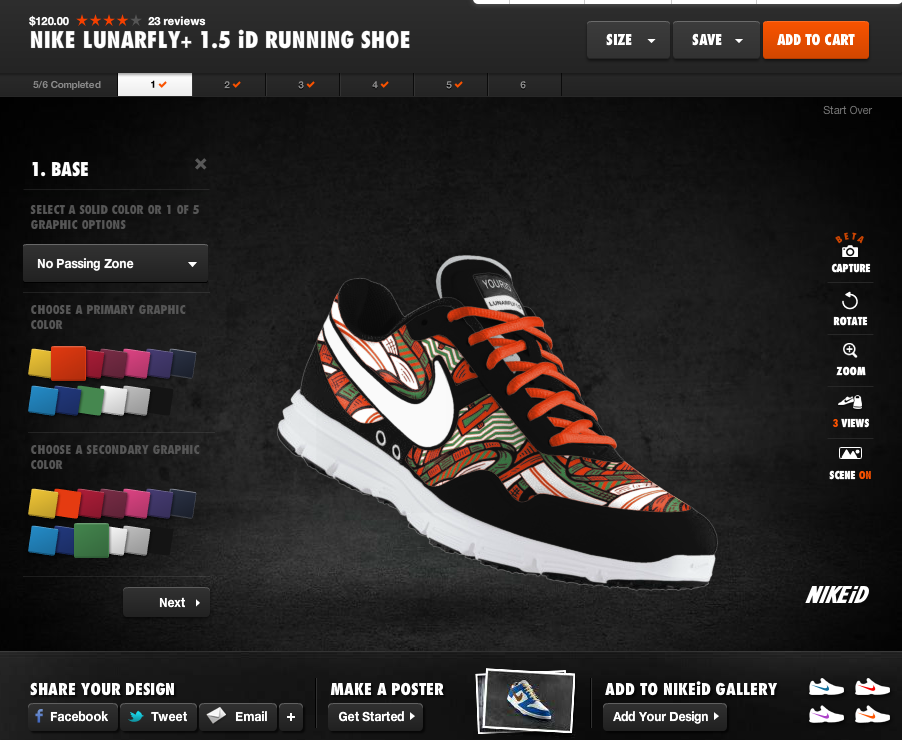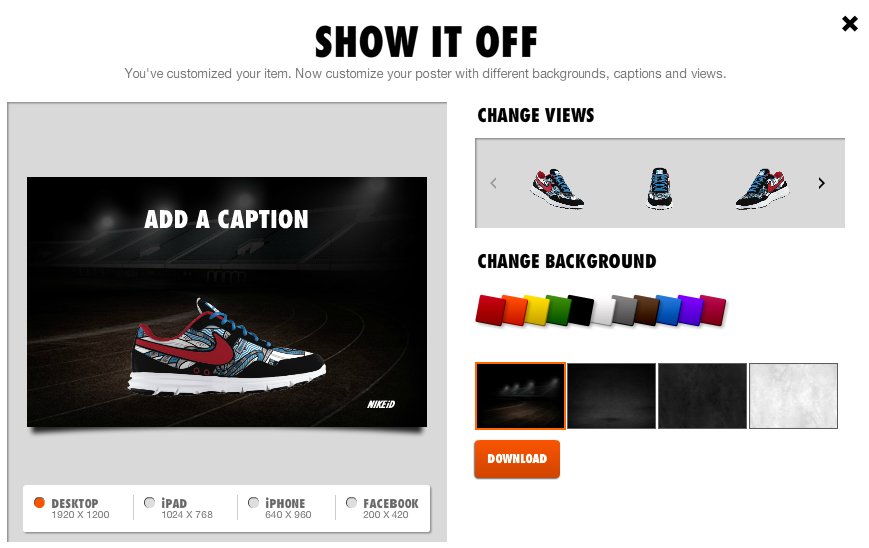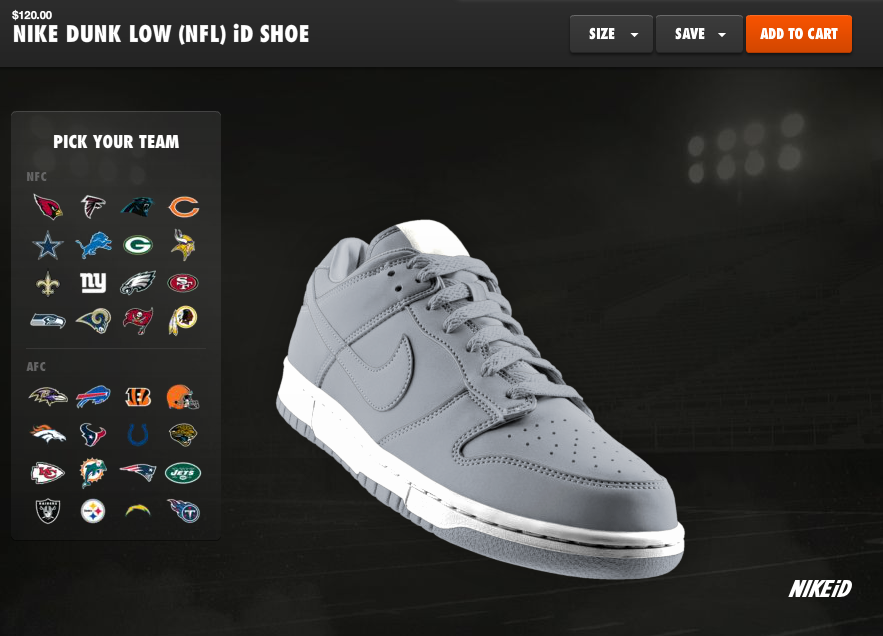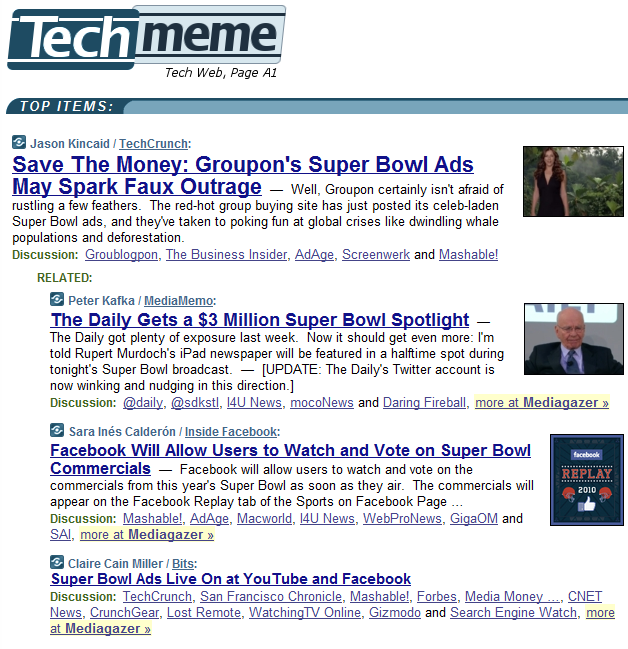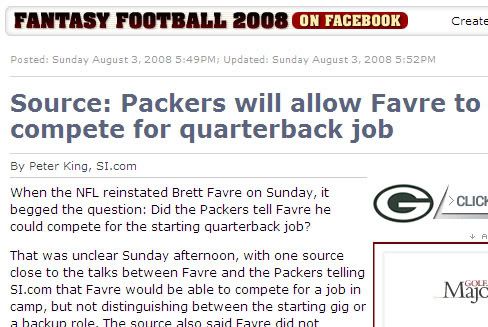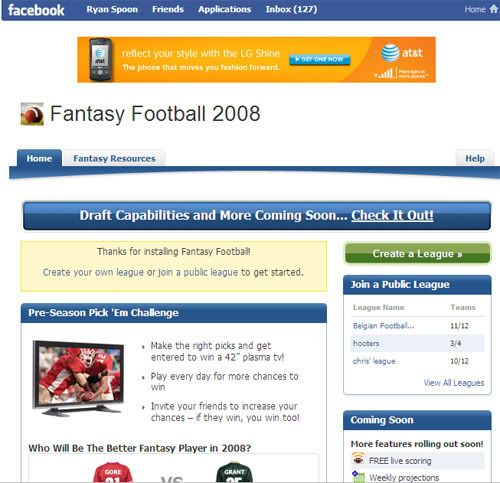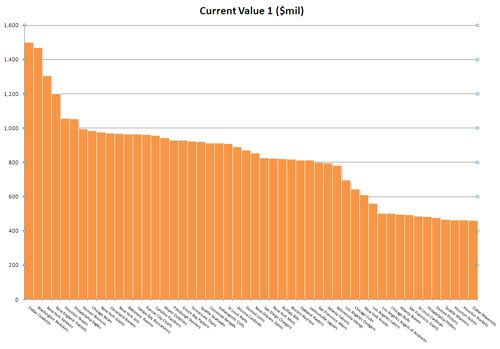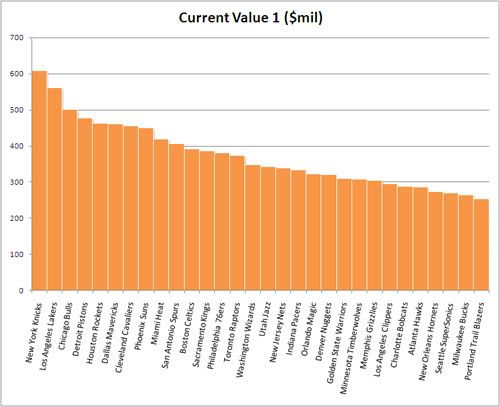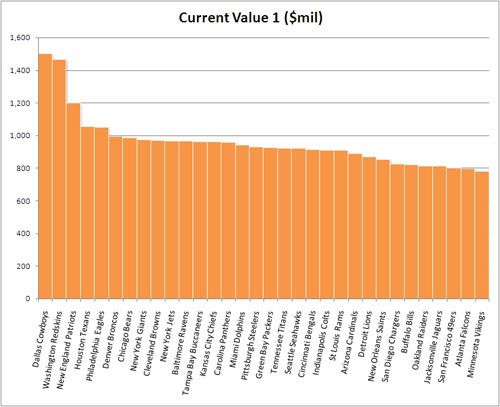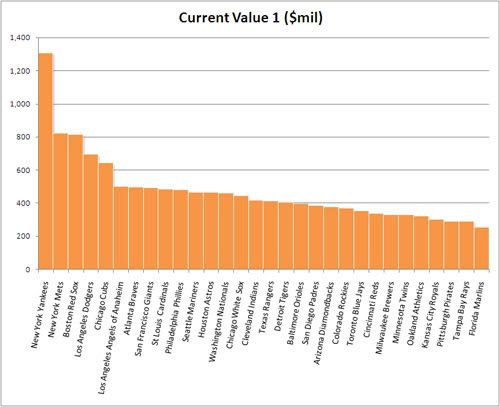I am a sports nut. That shouldn't be news if you follow me here or on Twitter / Facebook. I also spend my professional life on the web and looking at new technologies. In part because it is fun to think about - and in part due to personal frustrations - I'll put those two together and brainstorm how the major leagues (NFL, NBA, MLB) should improve their online product.
Note: obviously there are significant issues: content rights, ownership, players unions, etc. Let's make the (ridiculous!) assumption those don't come into play or that everyone wakes up and agrees these are important for leagues' future health (NBA and MLB more so than the NFL).
1. Get an online identity.
Sounds simple and the below ideas are clearly focused on helping drive an identity. But look at these screenshots from NBA.com and NFL.com. I have no idea why I would visit these sites as opposed to ESPN.com or Twitter. They are mixtures of ads, promotions, stores, and news.
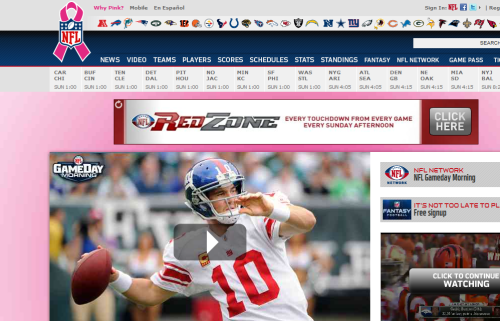

These sites are highly trafficked (see August list here) - but in August (when interest is at its max) NFL.com still represents just 40% of Yahoo's traffic and 50% of ESPN's. The brand is obviously there but the sites are not much more than navigational hubs.
The below ideas hopefully help create an identity and a reason for fans to visit and engage with their online properties.
2. That identity should be social.
I believe these websites should have four primary goals - probably in this order:
A. Promote the league, teams, players and partners.
B. Engage the fans.
C. Covert visitors to new properties / touch points: Twitter Followers, Facebook Fans, mobile users, etc.... recognize that fan activity is far broader than on your site.
D. Drive revenue (store, ads, etc)
The best way to directly drive points 'B' and 'C' and to indirectly impact 'A' and 'D' is by fully integrating social. More on the next point. But at the highest level, this means that the league sites should look more like a robust, branded Facebook Fan Page and less like your local newspaper site. Content should be dynamic, personalized and interact-able... not flat like your a local news article.
3. View me as an individual fan. Not a pageview.
Step 1 in making the sites more social is to view users as individuals... not as pageviews. How? Lets reimagine what NFL.com could be:
- via Facebook Connect, it recognizes my identity and prompts me to Like the NFL on FB
- it then asks me to like my favorite team(s)
- by 'liking', I automatically subscribe to team's Facebook page (already subscribed to NFL)
- now NFL.com can feature content specifically crafted to my preferences and to my Facebook friends
- And they can quickly translate this from league to team to players
Those 20M uniques in August are suddenly *much* more valuable as connected users. And those 20M uniques are just the tip of the traffic iceberg... why? Those users are now:
- They are viral (hello Facebook Ticker!)
- They are shareable: instantly the NFL can have massive followings on Facebook & Twitter and can share that traffic with their teams.
- They are engageable: once you have users become fans / followers, the league can more effectively / efficiently engage with fans (and market / promote).
And now content flow can go both ways: on and off NFL.com. Just look at the Washington Post Social Reader as a good example.
4. Welcome social media. Don't fear it. In fact, mandate it.
Encourage teams and players to use social media. Hell, mandate it. In the above example, you could have a Facebook page with 10M Dallas Cowboys fans. That's as powerful as the team makes it.
Each team should have an official Facebook Page and Twitter account that is consistently named, branded, etc. The page should aggregate / promote the Facebook / Twitter pages of its players.
Fans should be able to subscribe to entire teams through a single follow button (ie a Dallas Cowboys officially curated Twitter list).
The league and its teams will clearly worry about player etiquette on Facebook & Twitter. But: they are going to use the platforms whether or not the league likes it... and the players will listen (and behave) if they appreciate the power of building a following & brand via social media. Bring in industry leaders to give crash courses in social. Make it a mandatory part of the rookie symposiums.
The end result:
- dynamic content that is unique to each league / team (unlike their news clippings)
- bigger followings for the league, team and players
- real-time connections with fans who are now more deeply engaged
- more control by the league and team
5. View the league as a set of teams. And teams as a set of players.
Connected to the two points above, think of the league sites as a collection of teams. And while it is the league's duty to deliver league-wide news and promotions, it is also beneficial to promote each team. The above examples accomplished:
- building a social following for the league itself
- using that to promote individual teams
- and then using each team to promote its own brand and players
ESPN is beginning to figure this out with their personalities. See example here.
And just as the league should promote horizontally - the teams should also be asked to connect to others. Lightweight ways include:
- making sure all mentions are linkable (seems simple but so rarely done)
- official pages include links to other teams (on Facebook via favorite pages, Twitter via Lists)

6. Every league & team should hire a czar.
See the above screenshot. Enough said.
7. Go mobile.
The leagues are getting quite good at standalone apps (particularly MLB). But the same approach to social should be applied to mobile:
- There should be league apps.
- There should be standardized team apps.
Note: why team apps? for starters, the experience is better within a single app and the team can more proactively tailor content and brand. Secondly, traffic will be better (app store findability, promotion through team fan pages, etc).
- Those team apps should feature dynamic content beyond the box score (everyone has that).
- Leverage the above points to showcase team and player content
- Allow users to engage directly: follow, post, like, Q&A, etc.
- Deliver push notifications: alerts from favorite player. Scores. Injuries. Etc.
Those stand-alone apps should also pertain to in-stadium experiences / promotions. That obviously requires 3G and/or wifi to work in stadiums... which is a leap of faith today.
8. Make content available.
Figure out how to get around the rights issues and make as much content available as possible. Leverage the league website, Youtube, Facebook, Twitter, etc.
Full game coverage: allow me to subscribe to a team or league as I can with MLB At Bat (a perennial top grossing application.
Clips: make clips available and let users remix & share them. It's a viral dream. You can even protect branding by controlling the experience either onsite or as a Facebook app.
Highlights: The NBA is great at releasing Top 10 Plays from Yesterday on their Facebook page. This becomes more powerful as their presence grows... and even more powerful as the team presences grow. My willingness to share a specific clip from my favorite team / player is far greater than from across the entire league.
9. Engage. Don't just push.
Content is now a two-way street. Build experiences that encourage interaction by fans. And encourage personalities to be interactive. Learn from CNBC sports business reporter Darren Rovell - who really phenomenal on Twitter.

10. Welcome ESPN and the new media.
11. Similarly, concede what you won't win.
Figure out strategically where it makes sense to leverage other properties and brands. In many cases, collaboration / aggregation will create a better product (again, see Washington Post's Social Reader which incorporates content beyond WashingtonPost.com).
In other cases, it will allow the leagues to redeploy resources, focus elsewhere and still roll out better products. For instance, is the NFL really going to win fantasy sports? That's ESPN's domain. Work together and build ancillary products that support the experience and league.
More reading:
- ESPN Brings Twitter into Fantasy Football App. Getting Closer.
- Much to Learn from the NBA’s Facebook Fan Page
- My Response to Mark Cuban’s: Does ESPN.com Have a Twitter Problem?
- ESPN’s Mobile Application Strategy (and Ad Campaign to Match)
This work is licensed under a Creative Commons Attribution 3.0 Unported License.

